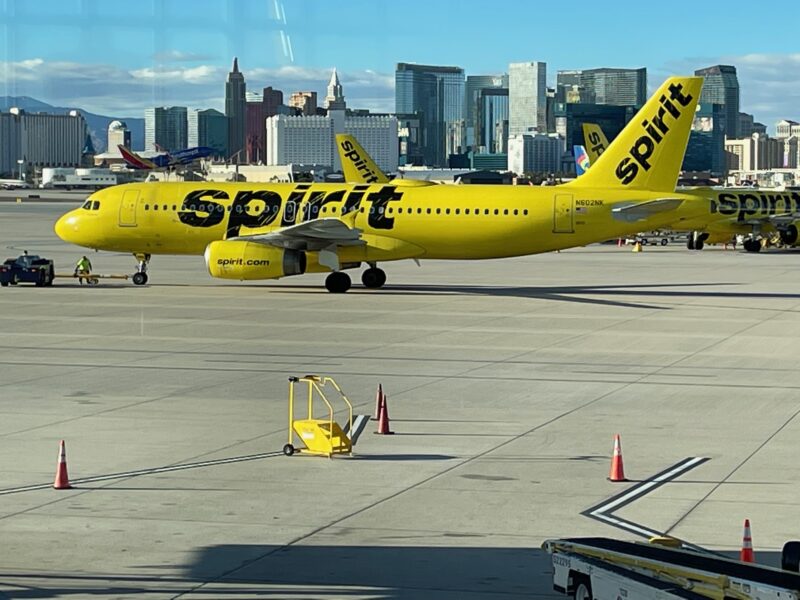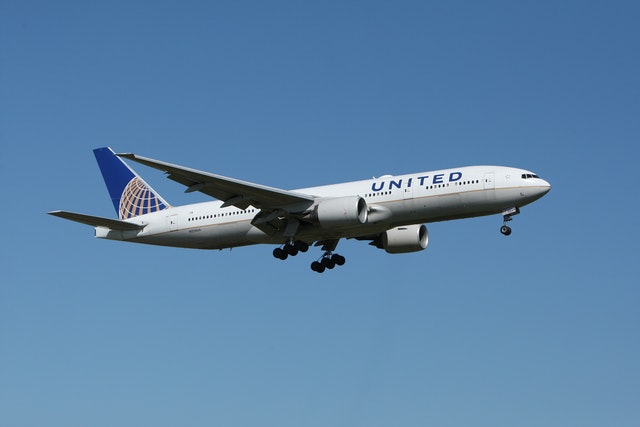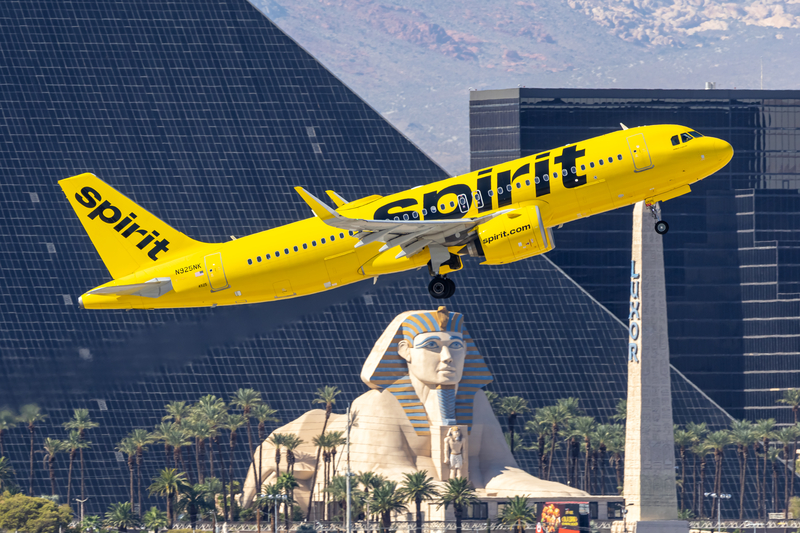Mauritania Airlines Taps StandardAero To Keep Its Mixed Fleet Flying

ID 333986682 @ Alfonso Sacristen M | Dreamstime.com
A small flag carrier with a big maintenance problem
Nouakchott-based Mauritania Airlines (IATA: L6, ICAO: MAI) runs a tiny, mixed fleet and has struggled all year to keep aircraft serviceable. Out of six aircraft, only two are currently flying:
-
Boeing 737-800
-
Boeing 737 MAX 8
The rest are parked:
-
Boeing 737-700
-
2x Embraer E175
-
Embraer ERJ-145
That level of downtime is unsustainable for a carrier whose entire business model is connecting Nouakchott–Oumtounsy International Airport (NKC) with key West and North African cities.
The new MRO deal
To stabilize operations, the airline has now turned to StandardAero for full MRO support on the two engines that power its active Boeings:
-
CFM56-7B (737-700 / 737-800)
-
LEAP-1B (737 MAX 8)
Work has already started:
-
A CFM56-7B was inducted at StandardAero’s Winnipeg shop (YWG, Canada)
-
A LEAP-1B went to StandardAero’s San Antonio facility (SAT, Texas)
This gives Mauritania Airlines access to a global, OEM-authorized shop instead of trying to piece together fixes locally or wait for scarce regional slots.
Not their first time with StandardAero
The airline already used StandardAero for APS 2300 APU work on its Embraer E175s (done in Maryville, Tennessee), so this is an extension of an existing relationship, not a brand-new supplier gamble.
Why this matters for a six-aircraft airline
For a carrier this small:
-
One grounded narrowbody = a visible schedule cut
-
Two grounded narrowbodies = forced short-term wet leases
-
Three+ aircraft down = route pruning
And that’s exactly what happened in 2025: Mauritania Airlines had to cycle through short wet leases from operators like MedAir, AirExplore, BH Air, Danish Air, and SmartLynx — sometimes for just a few weeks at a time — just to keep its core routes open.
Example: on July 14 it was flying a 17-year-old Airbus A321 (YL-LDY) on trunk routes NKC–Dakar (DSS), Abidjan (ABJ), Nouadhibou (NDB), Casablanca (CMN), Conakry (CKY) and Gran Canaria (LPA) — all because its own fleet wasn’t fully available.
The network they’re trying to protect
Despite the fleet headaches, Mauritania Airlines still sells a sensible, region-first network from NKC to:
West & Central Africa
-
Dakar, Senegal (DSS)
-
Bamako, Mali (BKO)
-
Abidjan, Côte d’Ivoire (ABJ)
-
Conakry, Guinea (CKY)
North Africa & Europe
-
Tunis, Tunisia (TUN)
-
Casablanca, Morocco (CMN)
-
Las Palmas / Gran Canaria, Spain (LPA)
Domestic Mauritania
-
Nouadhibou (NDB)
-
Néma (EMN)
-
Zouérat (OUZ)
That’s a thin, high-importance network — very dependent on having at least two 737s available every day.
What the government wants
Mauritania’s transport minister said on May 1 that the airline was in a real operational crisis and created a technical task force to map a recovery plan. This MRO contract fits that narrative: fewer AOG events, faster engine turnarounds, more predictable schedules.
What this changes
-
For Mauritania Airlines: better shot at running its own metal instead of paying for expensive wet leases.
-
For passengers: more reliability on key NKC links to DSS / ABJ / CMN / CKY / LPA.
-
For the airline’s Embraer side: still unclear — the E175s and ERJ-145 remain out of service, but the APU support history means they at least have a path to bring them back if economics justify it.
Bottom line
A six-aircraft airline with only two flying can’t afford guesswork on engines. Handing the CFM56-7B and LEAP-1B work to a top-tier MRO is a logical, stop-the-bleeding move — and probably the only way Mauritania Airlines keeps its Nouakchott hub connected through 2026 without living on wet leases.





